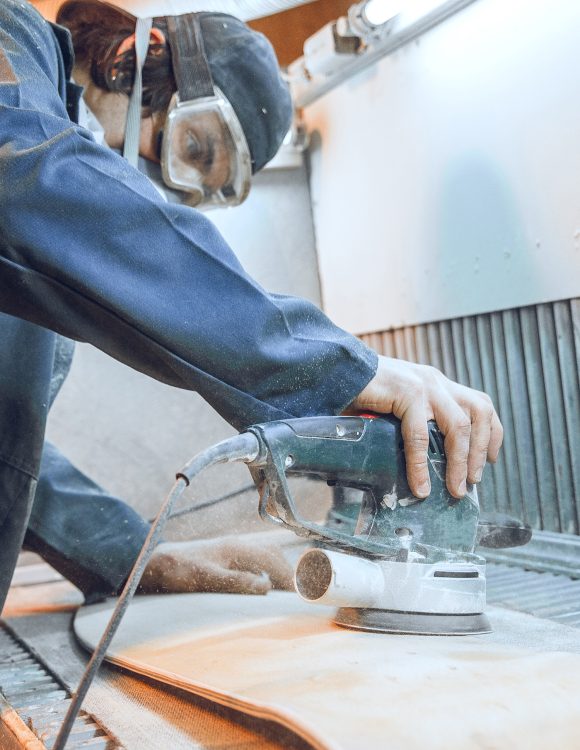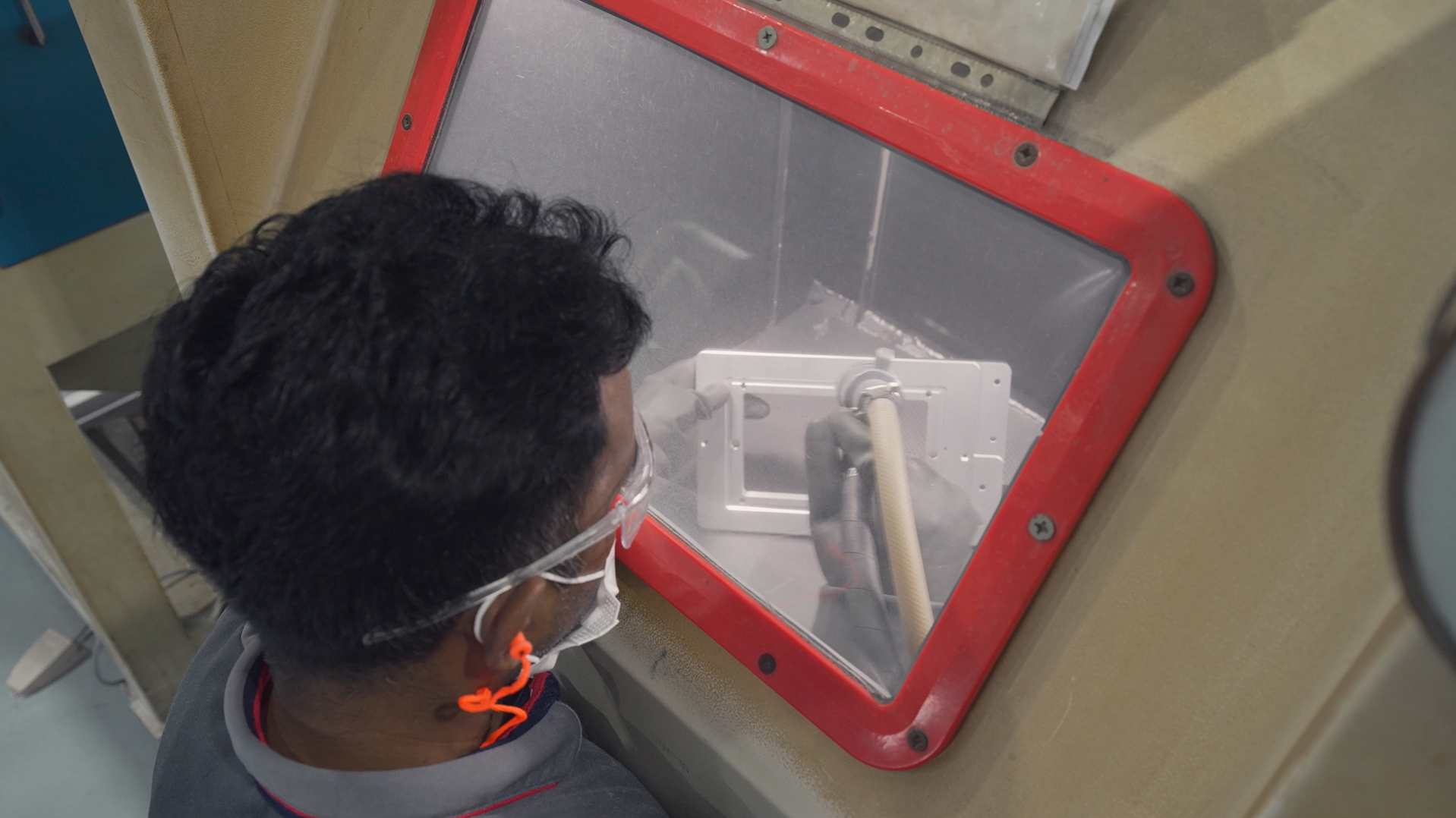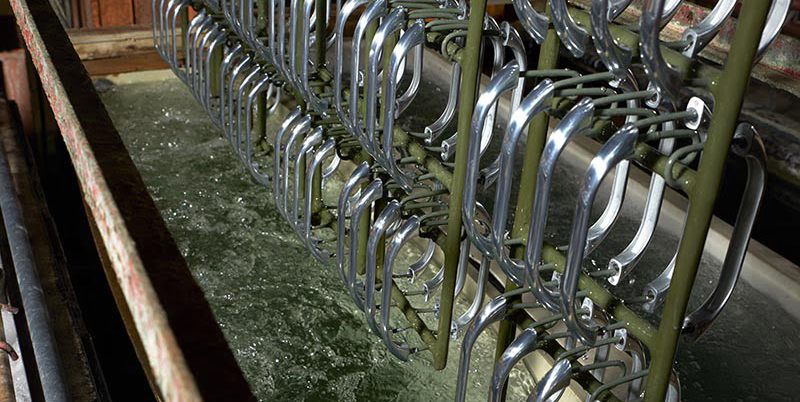Sandblasting
Sandblasting is the process of forcibly propelling a stream of abrasive media against a surface under high pressure to put smooth or rough texture on a surface, shape a surface, or remove surface contaminants. Compressed air or a centrifugal wheel is used to propel the media.
Bead blasting
Bead blasting is the process of removing surface deposits with the use of fine glass beads propelled at high pressure without damaging the surface.
Bead blasting can cover up the machining line and light scratches, also can make the surface uniform and evenly with the texture finishing of bead blasting.
There’s 2 types of bead media use commonly which is glass bead and aluminum oxide.
Wet blasting
Wet blasting is basically, any wet blast system that uses water with abrasive to form a slurry that is used for the blast effect. The velocity of the slurry along with the physical characteristics of the blast media is what does the cleaning or peening.
This has the dual advantage of lowering media breakdown rates and preventing impregnation of foreign materials into the surface. Hence surfaces after wet blasting are extremely clean, there is no embedded secondary contamination from the media or previous blasting processes, and there is no static cling of dust to the blasted surface




Mechanical Polishing
Brush Plating


Brush Plating Process (Zn & Cu)
Overview :
This is a portable method of electroplating and is used to electroplate in localised areas of a part without the use of immersion tank. Primarily used for enhancing surfaces on OEM components, repair and salvaging worn parts. Applicable across a wide range of industries, including aerospace, oil and gas and more.
- Plating Tool with absorbent wrap (Anode)
- Rectifier to supply direct current
- Special Brush plating solution (Electrolyte)
- Work Piece (Cathode)
- Work Piece base material-specific preparatory steps to ensure Good deposit
- Rectifier to supply Direct Current to work Piece (Cathode) and plating tool (Anode)
- Dedicated electrodes are used for each operation
- The electrodes are covered with an absorbent material saturated with a solution
- Movement between work piece and plating tool.
- Plating of metal (Zn / Cu) deposit to the desired thickness
- Can process part that is too large for immersion plating.
- Plating can be done anywhere in the workshop or customer site as the equipment is mobile
- Lower manufacturing cost as raw material and utility usage are low
- Significantly minimise Masking time as compare to traditional tank-plating
- Environmentally friendly due to less emission.
